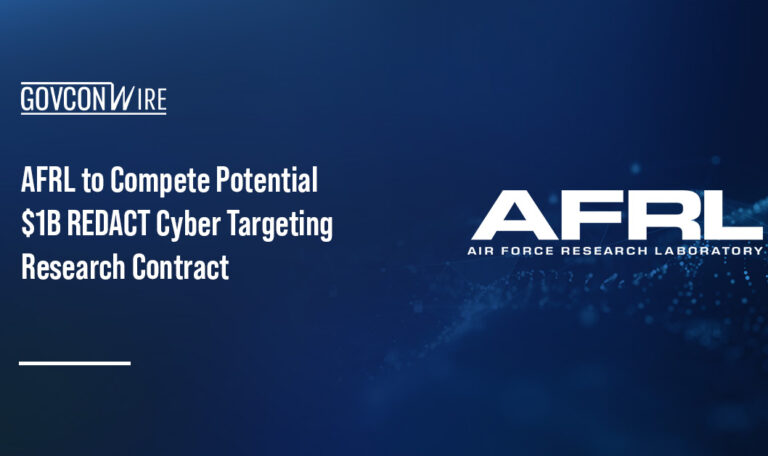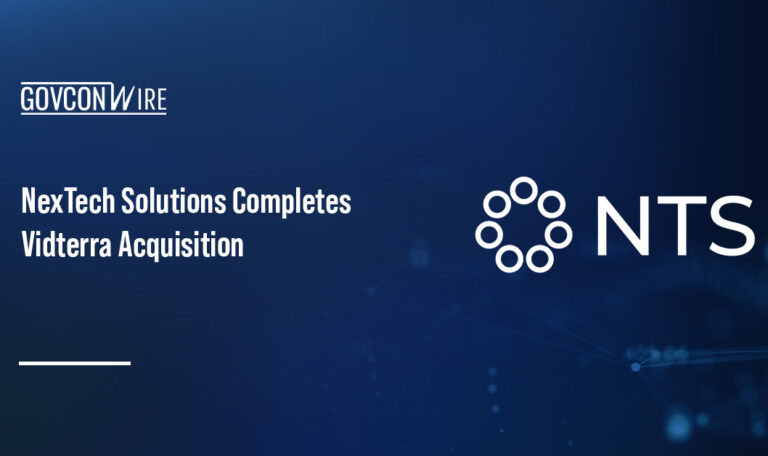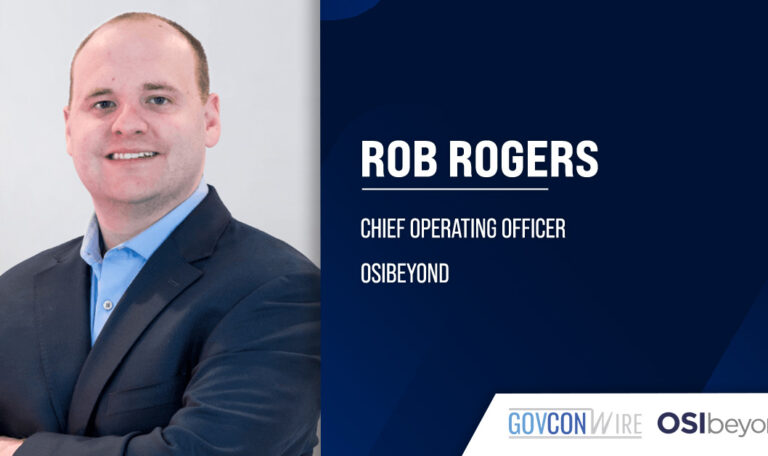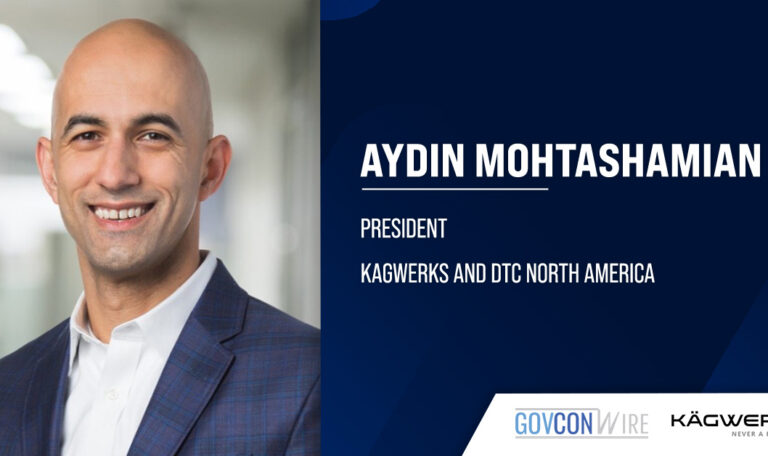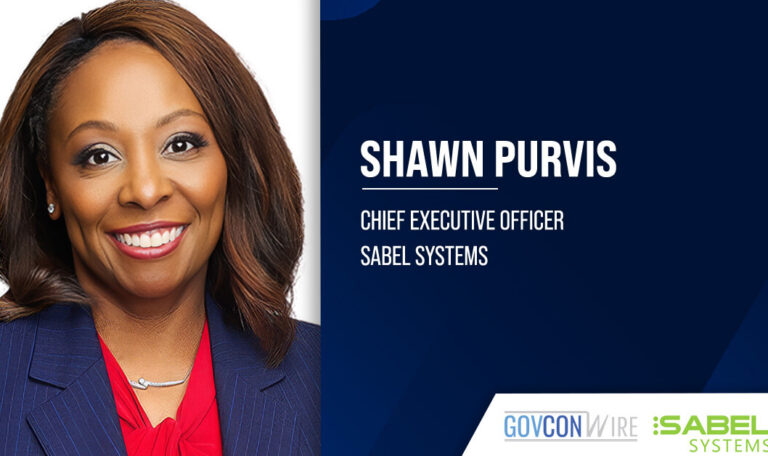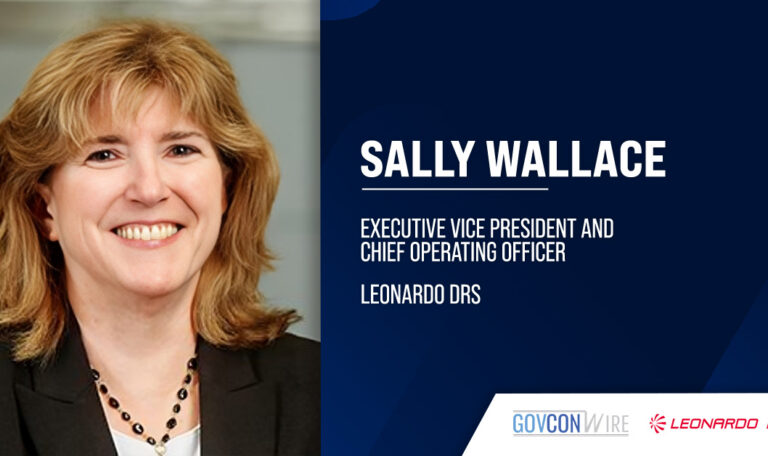By Nancy Patel, General Manager of Commercial at Unison
It starts with an email. A few lines of text—a DOGE request. And a deadline that assumes you’ve been ready for this moment your entire career.
Somewhere, someone hits “forward,” and the scramble begins.
Welcome to the data call.
The government wants answers fast. Not just totals, but contract-level specifics sliced six different ways and mapped to a template that doesn’t match how your or anyone’s data is structured. They don’t want assumptions or summaries. They want precision. On demand.
The Department of Government Efficiency didn’t invent this problem. But it is the most recent instantiation that has shone a light on the heavy lift that is required.
Precision, Pressure and a Pile of Contracts
In theory, responding to a DOGE data call is just another form of reporting. In reality, it’s a stress test for contract management software, and not necessarily what it was designed to do.
The majority of GovCon contract management systems aren’t built to answer targeted questions on short notice. They’re built for compliance, growth, or storage, not nuance and flexibility. Top-line contract data is easy. But when the question gets specific, like filtering by prime status, federal vehicle, or end date, it’s often difficult to drill down to a level that tells the right story.
Suddenly, everyone’s scrambling. People are pulling data from spreadsheets. Teams are cross-checking PDFs from three years ago. Someone is asking someone else to call Sharon on vacation, who everyone depends on to know what that contract code means.
It’s a slow, error-prone process that kills time, frustrates teams and leaves leaders questioning the integrity of the answers they’re given.
Five Words That Derail a Week: ‘Just Get Me the List’
Every contracting team has heard it.
A leader needs numbers. A partner needs proof. An oversight agency wants to know exactly which contracts qualify under their ever-evolving criteria. And all of it needs to be packaged, justified and submitted within the week.
You can’t say no. But saying yes comes at a cost. It means hours of manual backtracking. It means less time for high-value work. It means watching trust erode when totals change midstream because key contract details were missing or inconsistently recorded.
Manual processes introduce inconsistency. They drain already overextended teams. And they signal to leadership that accuracy might take a backseat when speed matters most. Manual fallback plans may feel noble in the moment. But over time, they bleed confidence.
Readiness Is the Real Requirement
Data calls like these aren’t going away. As scrutiny increases and budget pressures mount, they will only get more frequent and specific. The question contractors should be asking themselves is: “Will we be ready when the next one hits?”
Readiness doesn’t mean having more people on standby. It means building systems that can respond with confidence, not chaos. It means capturing the correct fields, structuring the right filters and knowing the source of truth isn’t in a binder or backup file, it’s in the system your team trusts every day.
One federal contractor recently faced a DOGE request with just one week to respond. They had almost 1,000 active contracts. The criteria were narrow. Every detail had to be defensible.
Instead of launching a massive, manual search, they used their contract lifecycle management software to generate a tailored report with dozens of specific fields, like award type, customer classification, vehicle, prime status and end date. In real time, they filtered down to just over 100 qualifying contracts. Then they validated the data against the Federal Procurement Data System and submitted the official template. All within a matter of hours.
They didn’t delay projects or tap 10 people for a manual pull. They didn’t guess. They reported. Accurately, quickly and with complete confidence.
Turning Data Calls Into Strategic Moments
What started as a one-off request ended up sparking a more significant change.
Leadership saw the power of clean, flexible contract data. The contracts team added new fields to track subcomponents and task leads. Regular audits were introduced. Data was integrated between contracts and finance to ensure all systems were aligned. What began as a compliance task became a catalyst for smarter, more confident operations.
There are times when human judgment is essential. But there are also moments when trusting the system to do its job gets you there faster, with less friction. Knowing when to rely on each is part of building trust in the technology and the team using it.
When done right, one data call can lead to better systems, better habits and better conversations about what matters.
Good Answers Start Before the Ask
Oversight requests will keep coming. Formats will shift. Criteria will change. Timelines will always feel too short. Contracting teams can’t afford to treat every new ask like a fire drill.
They need tools that treat contract data as a living resource, not a static record. They need reports that can adapt as fast as the criteria do.
They need to stop building answers from scratch.
There’s no pride in staying up all night to reconcile records. No gold star for patching together disconnected systems. No reward for delivering the wrong data on time.
When the next request lands in your inbox, what will happen? Will your team forward the email and brace for the scramble?
Or will someone quietly open a system, run a real-time report, and say, “I’ve already got it”?





